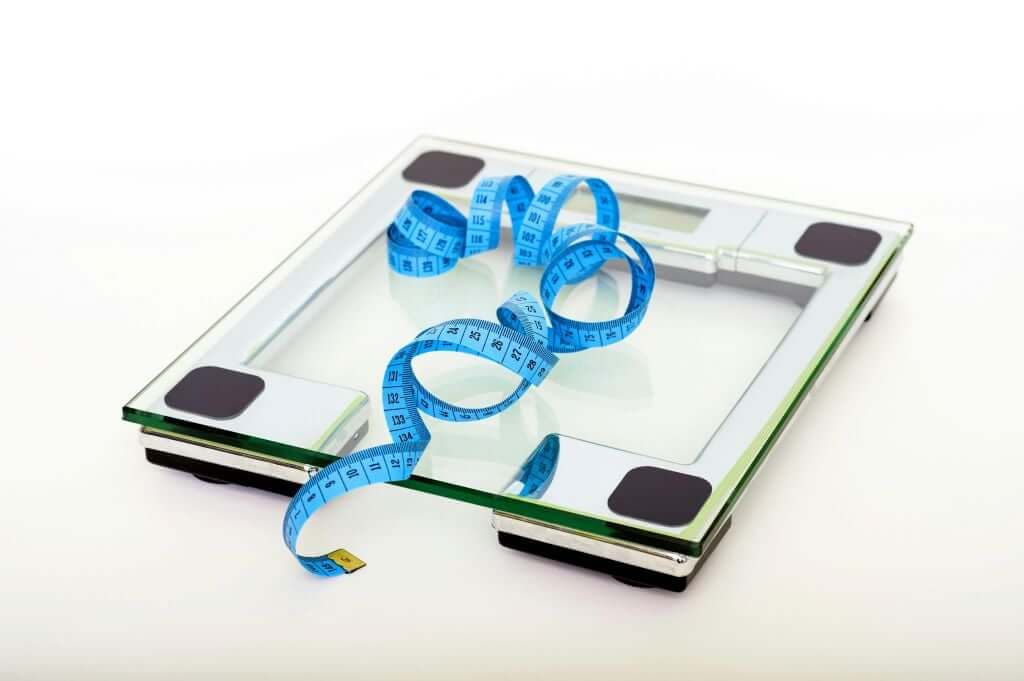America has a weight problem. A very serious, ticking time bomb kind of weight problem. According to a National Institute of Diabetes and Digestive and Kidney Diseases (NIDDK) report, 73.1% of adults aged 20 and over were overweight or obese in 2018. That’s more than 180 million adults! And, more recent figures for obesity alone suggest that these numbers are on an upward trend.
Carrying excess weight, according to a World Health Organization fact sheet, significantly increases the risk of more serious health problems, including heart disease and type 2 diabetes. It also affects bone health, contributes to the risk of certain cancers and influences quality of life.
Now, let’s not forget the dollars. The Stop Obesity Alliance estimates that the total healthcare cost of obesity and its comorbidities amounted to almost $173 billion in 2019. It also found that medical costs for patients with obesity were $1,861 per year higher than for patients of normal weight. These costs escalate sharply as the severity of obesity increases.
Scary, scary numbers, indeed! But there is some good news. Losing weight, even a modest amount to start with, can make a significant difference in your overall health and quality of life. And, losing weight isn’t necessarily the grueling task people think it is. A few tools and some determination will help you hack out a very manageable weight loss path.
Understanding Weight Loss
The most basic building block of your weight and whether you gain or lose weight is the energy equation. Energy is the very essence of existence. Every action, whether deliberate or physiological, the involuntary act of being, requires energy. We get this energy from the food we eat, and we measure it in kilojoules or, more commonly, calories.
When we take in more energy than our body needs, the excess is stored as fat. Of course, when we’re not eating enough for our needs, this fat is converted back to energy to make up the shortfall. So, it’s quite simple: to lose weight, we need to burn more calories (energy) than we take in. We can do this by reducing our calorie intake, by being more active or a bit of both.
You Are What You Eat
American physician and author Dr. Mark Hyman is famed for saying, “You can't exercise your way out of a bad diet.” Dr. Hyman's philosophy on health centers around a concept called functional medicine, and he’s a strong advocate for the power of food as a cornerstone of health. So, how do you make your diet work for you?
Balance Your Plate
No, we’re not talking about carrying it on the tip of one finger. We’re talking about making sure the nutrition on your plate meets all your body’s needs. No doubt you’re familiar with popular cliches like “the food pyramid”, “getting your five a day,” or “you are what you eat”. Well, they’re actually all true.
A balanced diet provides the correct combination of carbohydrates, protein, and healthy fats to meet your energy needs throughout the day. It also ensures that you get all the essential vitamins, minerals, and antioxidants that your body needs to stay healthy.
Follow the food pyramid and make fruits, vegetables, and whole grains the foundation of your diet. They’re packed with essential nutrients and fiber, which slows down nutrient absorption and prevents blood sugar spikes. Try to vary fruits and vegetables as much as possible to get the full range of vitamins, minerals, and antioxidants.
Include lean proteins such as fish, chicken, beans, and lentils. They help build and maintain muscle mass and also boost metabolism. Muscle tissue burns more calories than fat tissue, even at rest. And don't forget healthy fats! They slow down the absorption of carbohydrates, helping you feel fuller for longer.
Control Your Intake
Be conscious of what you eat so that you can make healthy choices and avoid overeating. Pay attention to your feelings of hunger and fullness. Learn to recognize your body’s signals and stop eating when you're comfortably full, not stuffed. Eat slowly and savor your food. This helps you feel fuller with less food. Avoid distractions while eating to avoid losing track of how much you're consuming.
Learn about portion control. Use smaller plates, measure out servings, and avoid snacking straight from the bag. Portion sizes have grown significantly over the years, and it's easy to overeat without realizing it. Using smaller plates can help you consume less without feeling deprived. Pre-portion snacks and pack lunches to avoid unhealthy grab-and-go options.
Make Your Calories Count
Many modern food and drink products contain so-called empty calories. These products contain high levels of simple carbohydrates, which are digested and absorbed into the bloodstream very quickly. This sudden burst of instant energy is way more than the body needs at that time, so it just turns into fat. These sugar explosions cause a blood sugar spike followed by a crash, which makes you tired and hungry. More often than not, people will overcompensate by eating too much.
The culprits are sugary drinks, refined foods like white bread, pasta and pastries or anything with added sugar. Choose whole grains instead, such as brown rice, quinoa, and whole-wheat bread. Whole grains are packed with fiber, which keeps you feeling full for longer and helps regulate blood sugar levels.
Get Physical
Exercise is the other cornerstone of overall physical health, along with nutrition. It also plays a very big role in weight loss and management. Not only does it promote weight loss by contributing to a calorie deficit, but it also builds muscle mass, which boosts metabolism and burns more calories even at rest.
Most fitness programs and experts will recommend at least 150 minutes of varied moderate-intensity exercise per week. Let’s look at what you should include in a balanced exercise plan:
Cardiovascular Exercise
This gets your heart rate up, which strengthens heart function, improves blood flow and increases your lung capacity. Examples include brisk walking, running, swimming, cycling, dancing, or group fitness classes.
Strength Training
This builds muscle mass, which enhances strength and balance and boosts your metabolism. It also improves bone density, reducing the risk of injuries. Try to include exercises that work on all major muscle groups for at least 15 minutes twice a week.
Flexibility
Stretching exercises improve your range of motion and help prevent injuries. The most popular and easiest to do at home are yoga and pilates.
We must add a note of caution here, however. If you're planning to start a new exercise program, it's important to take it slowly at first and gradually increase the intensity and duration of your workouts to avoid injuries. Listen to your body and take rest days when needed.
Play the Long Game
When you have applied all the tips and strategies, and you have achieved your weight loss objective, don’t let it end there. Don't see weight loss as a once-off fix for a temporary problem but rather as a lifetime investment in a healthier and happier you. The key to long-term success is developing healthy habits that you can maintain for life. Here are some tips to prevent weight regain:
· Continue with your healthy eating habits and regular physical activity.
· Monitor your weight regularly and make adjustments as needed.
· Don't deprive yourself – allow for occasional treats in moderation. A balanced and sustainable approach is key. Deprivation can lead to cravings and binge eating.
· Celebrate your achievements and stay motivated by focusing on the positive changes you've made.
· Schedule regular check-ups with your doctor or a registered dietitian for ongoing support and guidance.
Conclusion
Achieving and maintaining a healthy weight is not only an effort to be proud of but also something that can significantly improve your quality of life and reduce your risk of serious long-term health problems. At LL Medico, we recognize that this journey can be extremely challenging for some, especially those suffering from impaired mobility, nutritional issues or other issues that arise with advancing age.
But don’t be discouraged by these limitations; they aren’t insurmountable. With LL Medico’s support, you can arm yourself to face up to the challenge. Whether you need supplements to ensure optimum nutrition, a mobility device to make exercise a little less arduous, or diabetic supplies to help you manage your blood sugar levels, LL Medico has you covered. Call (855) 422-4556 or email support@llmedico.com to get started on your weight loss journey.






 855-422-4556
855-422-4556 Chat
Chat E-Mail
E-Mail Monday - Friday 9:00AM to 5:00PM EST
Monday - Friday 9:00AM to 5:00PM EST






 Shopping With LL Medico
Shopping With LL Medico



 855-422-4556
855-422-4556